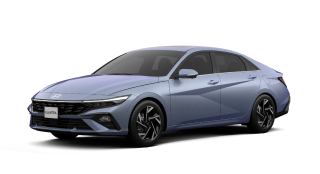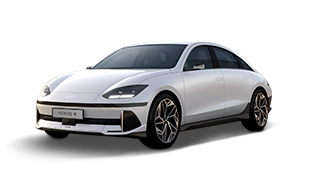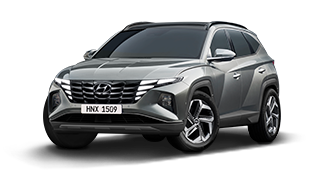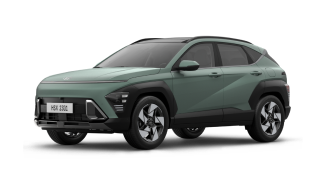Tips & Advice
Maintain your valuable car safely for a long time with Hyundai scheduled maintenance.
Regular checks you should perform in between services.
Brake fluid is a hydroscopic fluid which absorbs moisture during operation. For safety reason, regularly check brake fluid level, it should be maintain between the maximum and Minimum scale of the reservoir tank. Use only hydraulic brake fluid conforming to DOT 3 or DOT 4. (not allowed to mix)
Check your tires - including the spare — at least once a month for proper inflation and tread wear. Be sure to check your tires when they are cold — that is, when your vehicle has not been used for at least three hours. For proper tire inflation, refer to your owners™ manual or the label on the driver™ side door edge or in the glove compartment of your vehicle.
Pressure - Under inflated tires can cause blowouts and tire failure, which can lead to serious accidents. Appearances can be deceiving, a tire can lose up to half of its air pressure and not appear to be flat. Over inflation, on the other hand, puts unnecessary stress on tires, which can result irregular tread wear.
One of the easiest things that you can be doing today to increase your safety on the roads is stopping for a minute every day to look at the wear of the tread on your car tires. Spotting trouble in your driveway can save you countless hours of trouble if the tires fail while you are driving at high speeds
.
Bulges and cracks in the tire tread are a clear indication that something is very wrong with the tires. They may still be working today, but they could fail any second while driving. If you notice wear in certain areas of the tread, tire rotations are in order. That wear will reduce the car’s ability to grip the road and it could make it harder to come to a stop in an emergency.
battery is made of a plastic case, containing an arrangement of positive and negative lead plates separated by synthetic plate separators. The plates are connected to a set of terminals, which provide connection to the vehicle. The battery is filled with electrolyte, a mixture of sulfuric acid and water.
The electrolyte and lead plates provide the chemical action necessary to store and release energy. Your vehicle's battery and its connections should be checked at every oil change. It should be mounted securely, as vibration takes a toll on battery life. On batteries with removable filler caps, the electrolyte should be checked and topped off with distilled water. Battery connections should be clean, tight and corrosion-free. If you are going on vacation for more than two weeks and you are leaving the car parked without use, disconnect the battery from the car by removing the negative terminal cable. This will reduce the discharge.
Reducing your fuel consumption helps you save money - plus it’s kinder to the environment. One way to achieve this is by choosing the correct, most-economical vehicle for your needs in the first place. But you can also achieve significant improvements in fuel efficiency and economy by how you drive and look after your car by as much as 30% if you really try.
How to test your fuel efficiency:
If you want to know just how much of an improvement you’re making to your car’s fuel economy, you need to have a starting point. So. before you make any changes, check your fuel consumption.
Make sure you’ll be putting in a reasonable amount of fuel - preferably more than half a tank - as it tends to be more accurate that way. Then fill the car up. You don’t have to fill it to the brim, just until the pump clicks off is fine.
Drive around as normal until your fuel gauge is roughly where it was before the last fill-up, then head back to the servo. Make note of how many kilometres you’ve travelled then fill the tank exactly as you did last time. Now you have the distance travelled and the fuel used.
Simply divide the number of litres used by the distance you travelled, then multiply by 100. Let’s say you used 30 litres and covered 500 kilometres, 30 divided by 500 is 0.06. Mutiply by 100 makes it 6.0. So your fuel consumption is 6.0 litres/100km. Not bad.
Fill the tank again, apply some of the advice below, then when you head back to the servo for the third time you’ll be able to see exactly how much difference it makes.
For further help or advice please Contact our Nationwide Service.
















